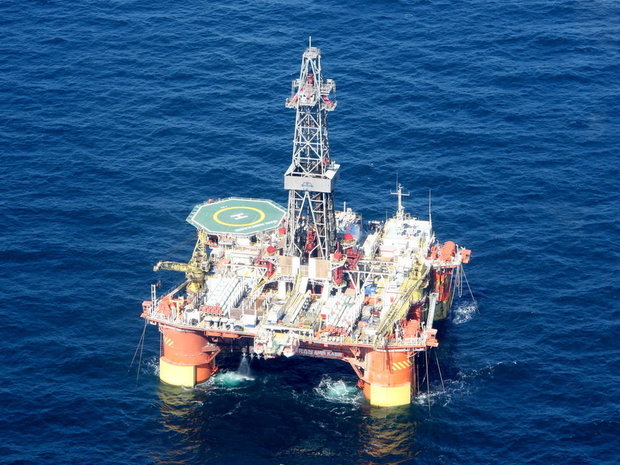
At 1144 am, the March Brent contract on the Intercontinental Exchange traded at $78.34, down 0.28% from its previous close. The February contract of West Texas Intermediate (WTI) was down 0.34% at $73.16 per barrel.
The US Energy Information Administration (EIA) in its latest projection has said that global liquid fuels demand will be lower over the next two years, with consumption in 2024 and 2025 likely to grow by 1.4 million barrels per day (mb/d) and 1.2 mb/d, compared to 1.9 mb/d growth in 2023.
“We attribute the reduction in growth to slowing oil demand growth in China due to stalling GDP growth, increasing vehicle fleet efficiency, and an end to pandemic recovery-related growth in 2023.” it said.
Further, the International Energy Agency (IEA) in its oil market report for January noted that global oil demand growth slowed to 1.7 million barrels per day (mb/d) in the fourth quarter of 2023, way below the 3.2 mb/d demand registered during the second and third quarters. “Growth is projected to ease from 2.3 mb/d in 2023 to 1.2 mb/d in 2024, as macroeconomic headwinds, tighter efficiency standards and an expanding EV fleet compound the baseline effect,” it said.
The ongoing conflict in West Asia and the Red Sea crisis has so far not had an impact on supplies, although concerns remain. A recent report by S&P Global Commodity Insights said that the Red Sea situation has prompted Asian refiners to reassess their oil policies and develop alternative plans to secure steady feedstock flows.
“While immediate impacts on near-term oil supplies appear limited, the situation has refiners contemplating alternative routes to ensure uninterrupted feedstock supply, potentially leading to increased insurance costs and squeezed refining margins,” it said.
The impact on Russian oil flows to India has also been minimal, with no major diversions observed so far, the report added.
The ease in international oil prices is significant for Indi, given that the country is a net importer of crude oil, with imports catering to about 85% of its energy requirements.
DAY/PR





